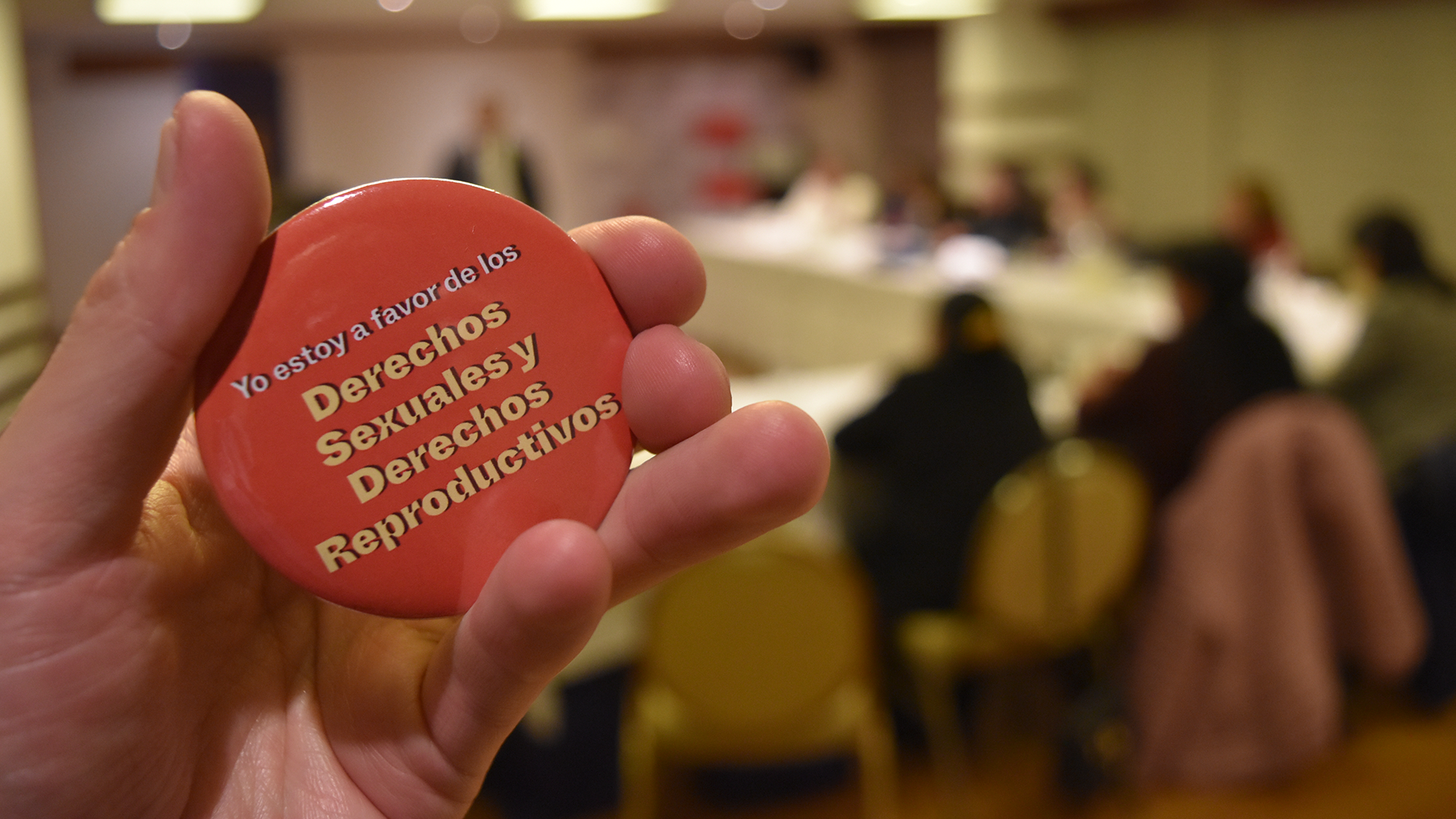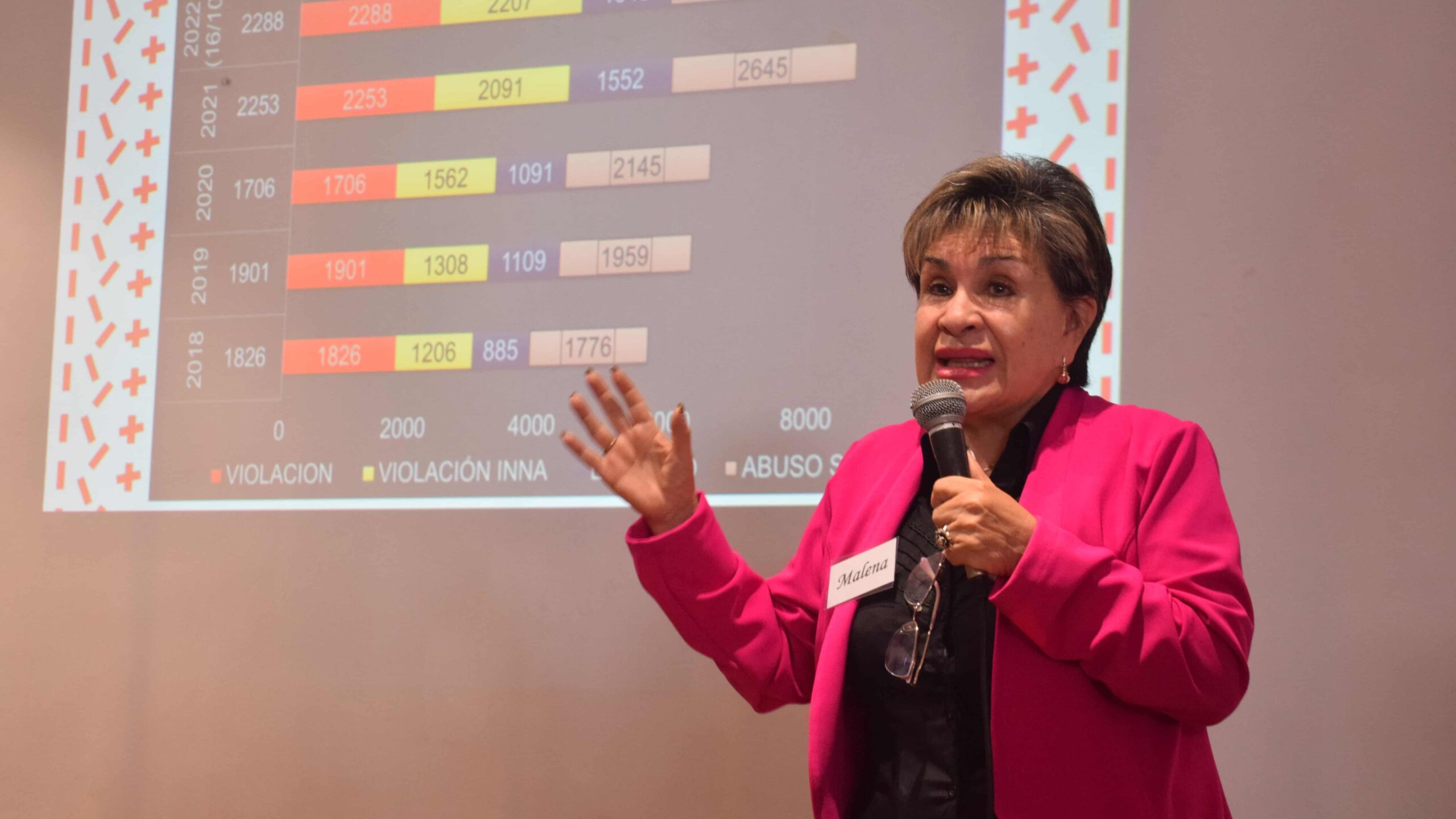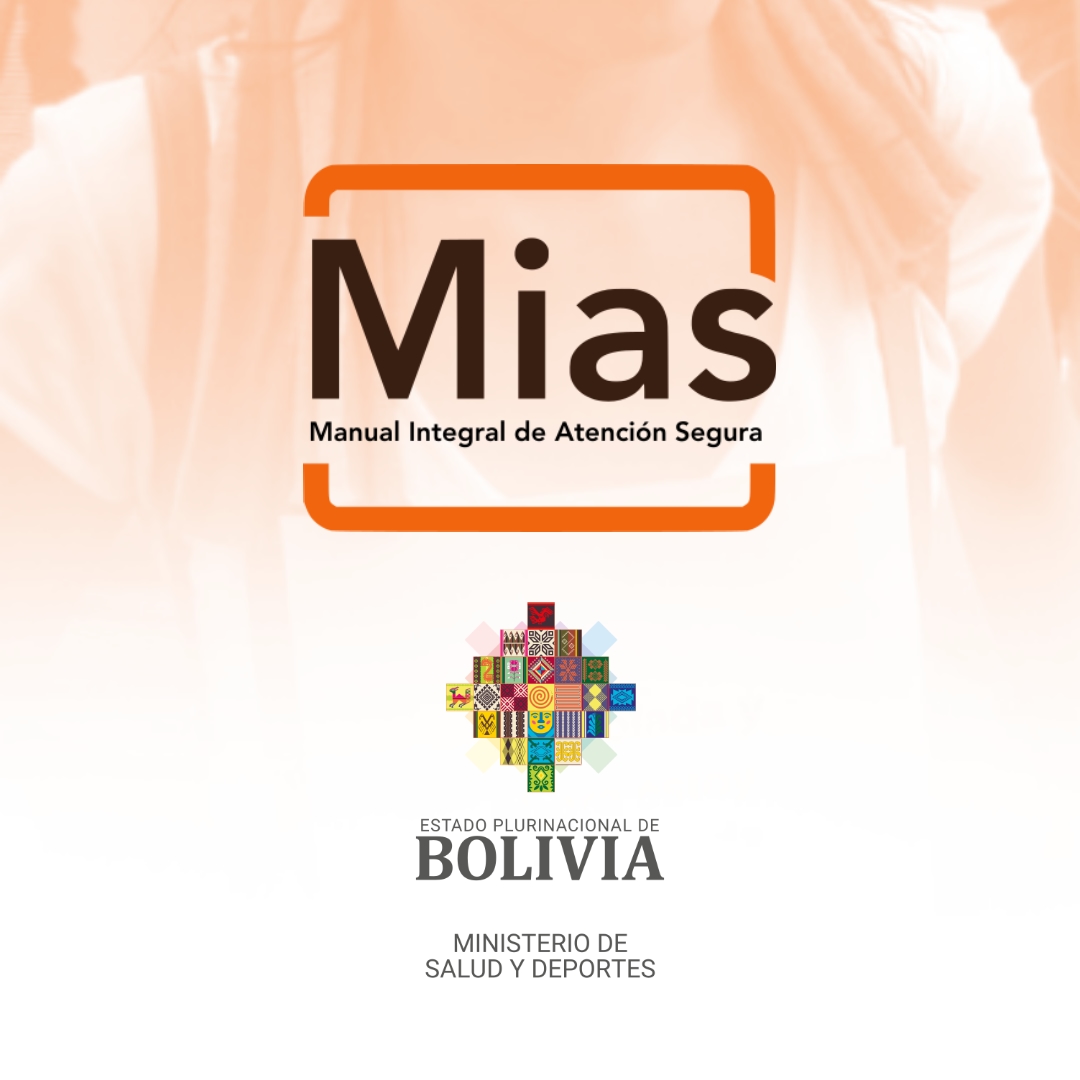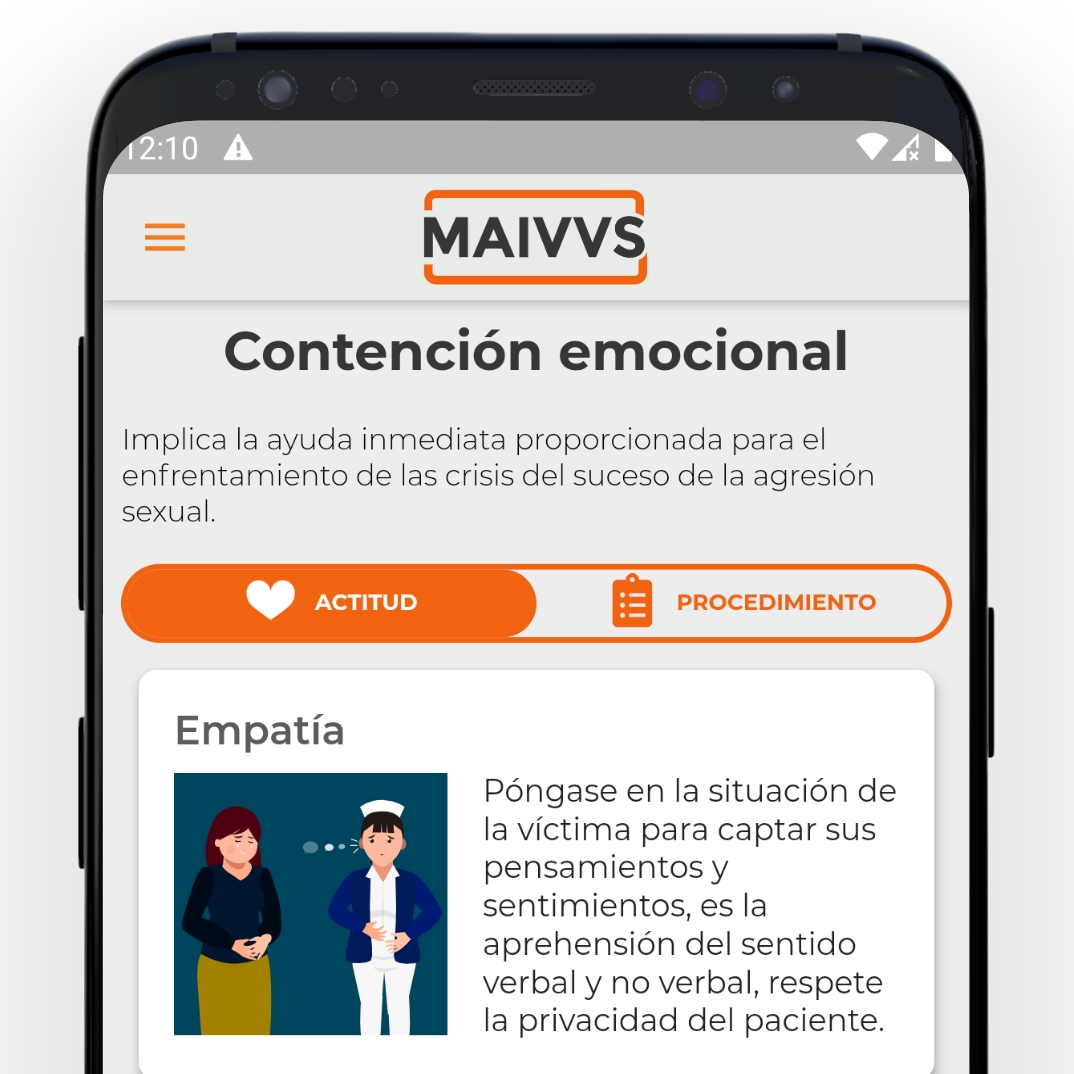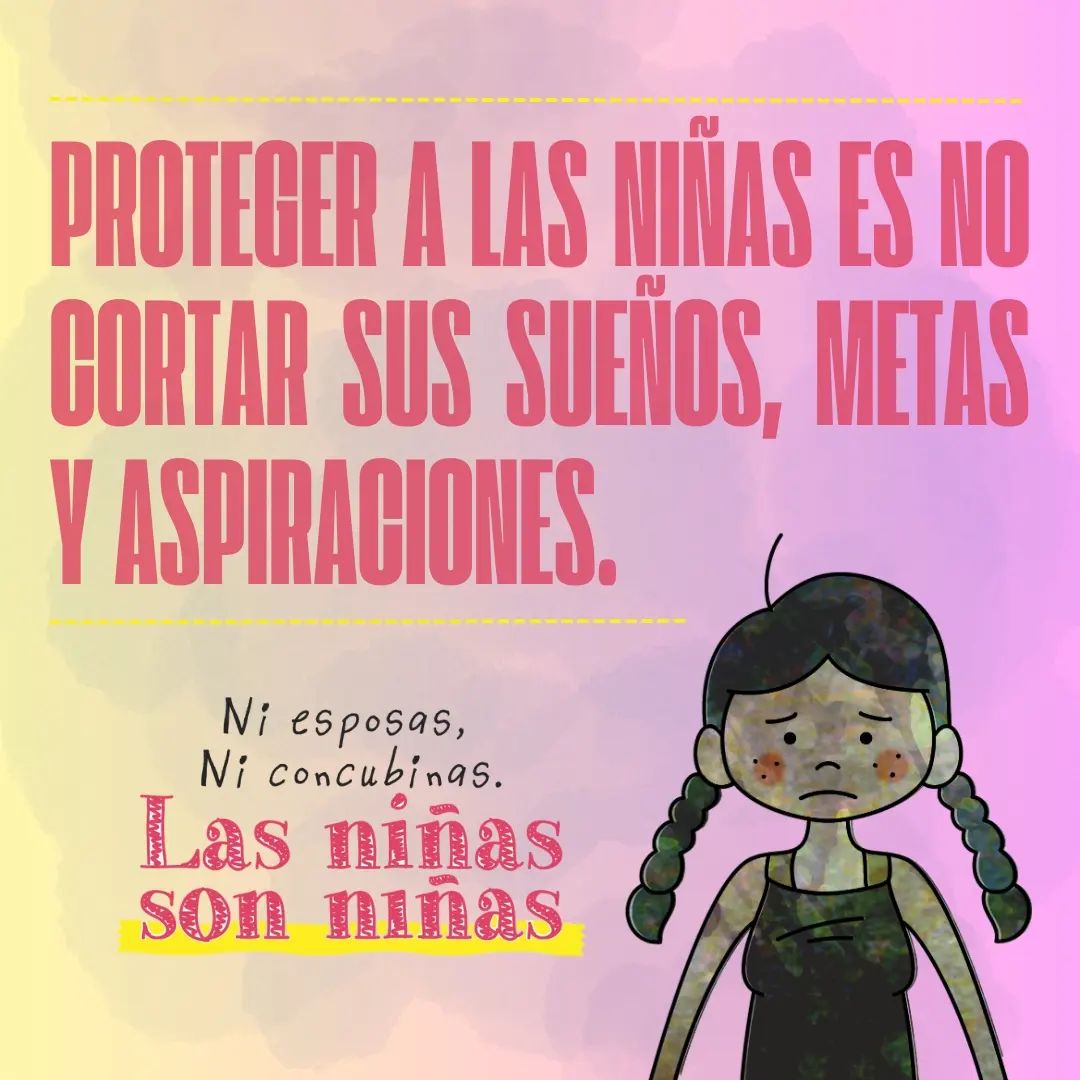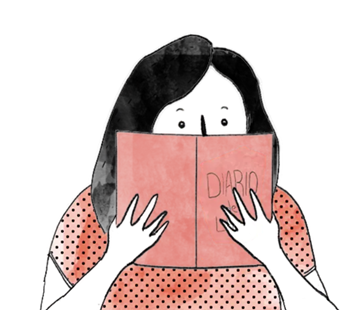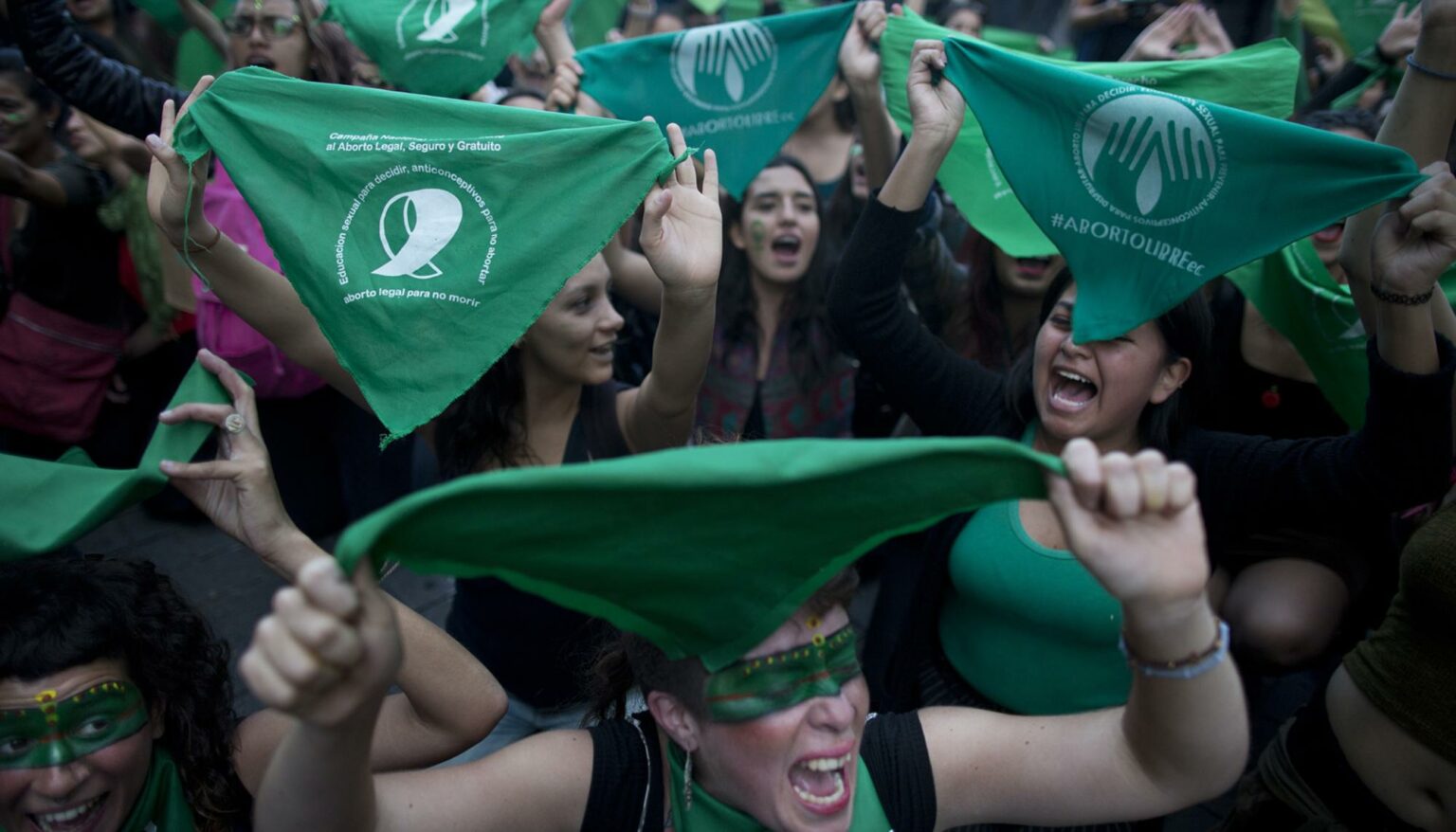Justyna Wydrzyńska, a member of Abortion Without Borders and the Abortion Dream Team, was convicted this year for helping a woman victim of male violence gain access to abortion medication in Poland. During a recent visit to Spain, this activist explained to El Salto that such a conviction could happen anywhere. The fact is that abortion continues to be a globally criminalized practice and the defenders of this right, as well as the health professionals who practice it, are widely persecuted. This is reflected in Amnesty International’s latest report An Unstoppable Movement: A Global Call to Recognize and Protect Abortion Rights Advocates. A report that reflects that these people are being subjected to stigmatization, intimidation, attacks and unjust prosecutions, so that carrying out their work is increasingly difficult and dangerous. We spoke with Lisa Maracani, author of the report and researcher at the Global Human Rights Defenders Program, who highlights the vulnerability to which abortion rights are exposed on a global scale, even in places where legislation is well advanced.
What is the main conclusion you have drawn from the report?
Abortion rights advocates, whether activists, accompaniers or health care providers, are under attack in various ways because abortion rights continue to be criminalized – only one country, Canada, has decriminalized abortion altogether – and also because of the stigma surrounding this right. Instead of being treated as a right and essential medical care, abortion continues to be treated as an exception and something that has to be strictly regulated. Attacks against WHRDs are not only a violation of the state’s obligation to protect WHRDs and provide them with a safe and enabling environment, but are also an obstacle to the right to abortion for all who need it.
How widespread is the persecution of people who defend women’s reproductive rights? How many cases have you documented?
For this report we spoke to almost 50 people from 30 countries around the world operating in different contexts, from the most punitive (e.g. El Salvador) to those considered more open (e.g. the United Kingdom). All those interviewed reported some form of hostility or constraint, for example: stigmatization (including by colleagues), physical or verbal attacks, criminalization (or the risk of being criminalized), intimidation, smear campaigns, barriers to their human rights (e.g. freedom of expression and association) and to their professional careers.
In the U.S. between 1977 and 2022, 11 homicides, 26 attempted homicides, 200 arsons, have been recorded against reproductive service providers.
The report also cites broader studies by other organizations (e.g., Ipas and other sexual and reproductive service provider organizations ). Violent attacks worldwide have not been systematically documented over the years, but in the United States there is one organization, the National Abortion Federation, which since the 1970s has recorded all violent incidents against providers. For example, between 1977 and 2022, it has recorded 11 homicides, 26 attempted homicides, 200 arsons, 100 acid attacks, over 500 assaults for a total of nearly 16,000 violent incidents.
In general, the problem is the overall invisibility of these attacks, which are a daily occurrence for these defenders. In many cases the risks are internalized, which creates a lot of wear and tear and trauma. It is essential that states, hospitals, unions or professional associations document this problem and take urgent action to protect all abortion rights defenders.
Is the right to abortion under threat at the international level?
Yes. Enormous barriers to access to safe abortion continue to exist around the world, even though some important advances have been made in recent decades. This progress has been achieved primarily through the work of feminist movements, bringing about change through the evolution of human rights standards relating to abortion, the adoption of progressive legislation, and court rulings that increasingly recognize the right to abortion.
Progress has also been made on the basis of the development and deployment of abortion medication around the world; so that abortion has become more accessible and acceptable to millions of women, girls and people who can become pregnant, who have gained empowerment and control over their bodies.
However, much remains to be done. Today, abortion remains criminalized and heavily regulated in most countries, and a total ban on abortion persists in 22 countries. Even where progressive legislative reforms have taken place, access to safe, legal abortion can be difficult because of significant barriers, particularly for the most marginalized. In addition, there are efforts by abortion opponents to reverse the gains that have been made. Such efforts are gaining ground amidst a wave of anti-abortion and anti-gender public discourse, the reduction of the rule of law, disinformation campaigns, and attacks on civil society space. In every country in the world (except Canada) it persists in criminal codes.
People working in health services have told us that they experience a strong conflict between providing the best possible medical care and the risk of being criminalized.
This repression is experienced even in countries that partially allow abortion. Can you give us some examples?
Yes, just in Canada, despite the fact that abortion is totally decriminalized, there are cases of violent attacks. This is due to the fact that decriminalization alone is not enough. It is also important to combat stigma, to carry out educational campaigns, and to take concrete steps for the protection of defenders and people seeking health services.
The fact that there are laws that strongly regulate abortion rights means that there is a lot of stigmatization and risk of criminalization of providers and activists even when they are operating within the strict limits of the law. In addition, health care workers have told us that they experience a strong conflict between the ethical and professional duty to provide the best possible medical care and the risk of being criminalized by laws that are actually detrimental to health.
What does this repression entail and is there even a risk of homicide?
Yes, for example in the United States there have been cases of assassinations and attempted assassinations, and other violent attacks over the years. There are many more countries where sexual and reproductive rights providers are at risk of their lives, as the people we have interviewed have told us, but there is no systematized information and this makes these attacks invisible.
Even though abortion is legalized, is there still a stigma attached to health care workers who perform abortions?
Yes, this happens in all countries. Stigma is one of the problems that all the people we interviewed told us about. Stigma is central because people who advocate for the right to access essential health care, including abortion, are challenging systems of power and oppression such as patriarchy and racism through their work.
In Spain, a list of conscientious objectors has been made mandatory to ensure access to abortion in all public hospitals. Professionals who do not want to perform abortions must declare it, thus ensuring that in all centers there is at least one professional who performs abortions. What do you think about this measure?
It is an initial step, but it will depend on how it is put into practice and what the state will do to ensure the right to abortion if there are too many objectors. For example, in Italy health professionals also have to declare whether they are objectors and in theory the Ministry of Health should use this data to ensure that the law allowing abortion is respected. Even though the Ministry of Health knows very well that there is a high level of objection (official data gives as 64% on average but there are peaks of 84% in some regions and there are hospitals where there are 100% of staff who are objectors) still the state is “in denial” and very few steps have been taken to remedy this problem. For example, in 2015 the Council of Europe condemned Italy for the very high levels of discrimination and excessive workload faced by that minority of health staff who are not objectors. This situation means that despite the law saying that there should be access to abortion in the first trimester of pregnancy, the reality is very different.
There are 35 million unsafe abortions each year. Lack of access to safe abortion contributes to high levels of maternal mortality and morbidity.
Does this stigma attached to the medical profession prevent women from accessing this right? Which women are most vulnerable?
Yes, that’s one of the crucial points we want to communicate. It’s not just about attacks on advocates, including medical personnel, but also how this impacts all people who depend on accessible and affordable health services. Worldwide, there are 35 million unsafe abortions each year, mostly in Africa (except South Africa), Latin America and the Caribbean, South and Central Asia. Lack of access to safe abortion contributes to high levels of maternal mortality and morbidity. As always, the most affected are those who are poor, marginalized, young, discriminated against on the basis of gender, race, ethnicity or other status, and who live far from health services. For this reason, lack of access to abortion has always been a social justice issue.
This material is shared with permission from El Salto

